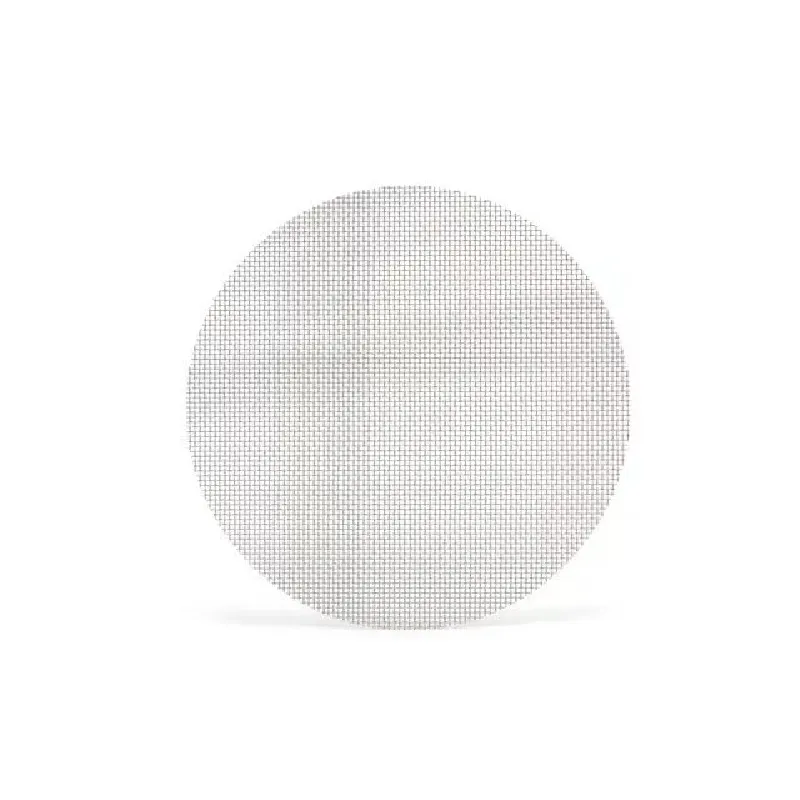-
 Afrikaans
Afrikaans -
 Albanian
Albanian -
 Amharic
Amharic -
 Arabic
Arabic -
 Armenian
Armenian -
 Azerbaijani
Azerbaijani -
 Basque
Basque -
 Belarusian
Belarusian -
 Bengali
Bengali -
 Bosnian
Bosnian -
 Bulgarian
Bulgarian -
 Catalan
Catalan -
 Cebuano
Cebuano -
 China
China -
 Corsican
Corsican -
 Croatian
Croatian -
 Czech
Czech -
 Danish
Danish -
 Dutch
Dutch -
 English
English -
 Esperanto
Esperanto -
 Estonian
Estonian -
 Finnish
Finnish -
 French
French -
 Frisian
Frisian -
 Galician
Galician -
 Georgian
Georgian -
 German
German -
 Greek
Greek -
 Gujarati
Gujarati -
 Haitian Creole
Haitian Creole -
 hausa
hausa -
 hawaiian
hawaiian -
 Hebrew
Hebrew -
 Hindi
Hindi -
 Miao
Miao -
 Hungarian
Hungarian -
 Icelandic
Icelandic -
 igbo
igbo -
 Indonesian
Indonesian -
 irish
irish -
 Italian
Italian -
 Japanese
Japanese -
 Javanese
Javanese -
 Kannada
Kannada -
 kazakh
kazakh -
 Khmer
Khmer -
 Rwandese
Rwandese -
 Korean
Korean -
 Kurdish
Kurdish -
 Kyrgyz
Kyrgyz -
 Lao
Lao -
 Latin
Latin -
 Latvian
Latvian -
 Lithuanian
Lithuanian -
 Luxembourgish
Luxembourgish -
 Macedonian
Macedonian -
 Malgashi
Malgashi -
 Malay
Malay -
 Malayalam
Malayalam -
 Maltese
Maltese -
 Maori
Maori -
 Marathi
Marathi -
 Mongolian
Mongolian -
 Myanmar
Myanmar -
 Nepali
Nepali -
 Norwegian
Norwegian -
 Norwegian
Norwegian -
 Occitan
Occitan -
 Pashto
Pashto -
 Persian
Persian -
 Polish
Polish -
 Portuguese
Portuguese -
 Punjabi
Punjabi -
 Romanian
Romanian -
 Russian
Russian -
 Samoan
Samoan -
 Scottish Gaelic
Scottish Gaelic -
 Serbian
Serbian -
 Sesotho
Sesotho -
 Shona
Shona -
 Sindhi
Sindhi -
 Sinhala
Sinhala -
 Slovak
Slovak -
 Slovenian
Slovenian -
 Somali
Somali -
 Spanish
Spanish -
 Sundanese
Sundanese -
 Swahili
Swahili -
 Swedish
Swedish -
 Tagalog
Tagalog -
 Tajik
Tajik -
 Tamil
Tamil -
 Tatar
Tatar -
 Telugu
Telugu -
 Thai
Thai -
 Turkish
Turkish -
 Turkmen
Turkmen -
 Ukrainian
Ukrainian -
 Urdu
Urdu -
 Uighur
Uighur -
 Uzbek
Uzbek -
 Vietnamese
Vietnamese -
 Welsh
Welsh -
 Bantu
Bantu -
 Yiddish
Yiddish -
 Yoruba
Yoruba -
 Zulu
Zulu
High-Quality Fish Breeding Nets for Optimal Aquaculture
The Importance of Fish Breeding Nets in Sustainable Aquaculture
Fish breeding nets play a crucial role in the world of aquaculture, providing an essential tool for the efficient and sustainable cultivation of fish. As global demand for seafood continues to rise, the pressure on wild fish populations intensifies. Thus, innovative solutions such as breeding nets are poised to make a significant impact on the industry, addressing both sustainability concerns and meeting consumer needs.
Fish breeding nets, often referred to as fish cages or nets, are structures designed to enclose and protect fish during their growth phases. These nets can be placed in various aquatic environments, including freshwater lakes, rivers, and marine waters, allowing for controlled breeding and rearing of fish species. One of the key benefits of using breeding nets is the ability to maintain optimal conditions for fish health and growth. By controlling variables such as water quality, temperature, and food supply, aquaculture practitioners can ensure healthier fish stocks that are better suited for farming.
Another major advantage of fish breeding nets is their contribution to biodiversity conservation. Through responsible breeding practices, aquaculture can help in preserving threatened fish species by providing a controlled environment for reproduction and growth. This effort not only supports the recovery of declining populations in the wild but also reduces the need to harvest wild fish, alleviating the pressure on marine ecosystems.
fish breeding net

Furthermore, fish breeding nets facilitate selective breeding programs, which can enhance desirable traits in fish, such as disease resistance and growth rates. By carefully selecting parent fish for breeding, aquaculturists can produce offspring that exhibit improved characteristics, leading to higher yields and more resilient fish populations. This method of breeding not only benefits farmers but also contributes to food security by ensuring a stable supply of fish.
However, the use of fish breeding nets is not without its challenges. Issues such as water pollution, the spread of diseases, and the escape of non-native species can pose significant risks to local ecosystems. Therefore, it is crucial for aquaculture operators to implement best management practices, such as regular monitoring and maintenance of nets, to minimize these environmental impacts.
In conclusion, fish breeding nets represent a valuable innovation in sustainable aquaculture, playing a vital role in fish cultivation while supporting biodiversity conservation efforts. As the industry continues to grow, the responsible use of these nets will be essential in addressing both consumer demands for seafood and the need to protect our aquatic environments. By embracing sustainable practices and technological advancements, we can ensure that aquaculture remains a viable and important resource for future generations.
-
Shipping Plastic Bags for Every NeedNewsJul.24,2025
-
Safety Netting: Your Shield in ConstructionNewsJul.24,2025
-
Plastic Mesh Netting for Everyday UseNewsJul.24,2025
-
Nylon Netting for Every UseNewsJul.24,2025
-
Mesh Breeder Box for Fish TanksNewsJul.24,2025
-
Expanded Steel Mesh Offers Durable VersatilityNewsJul.24,2025











